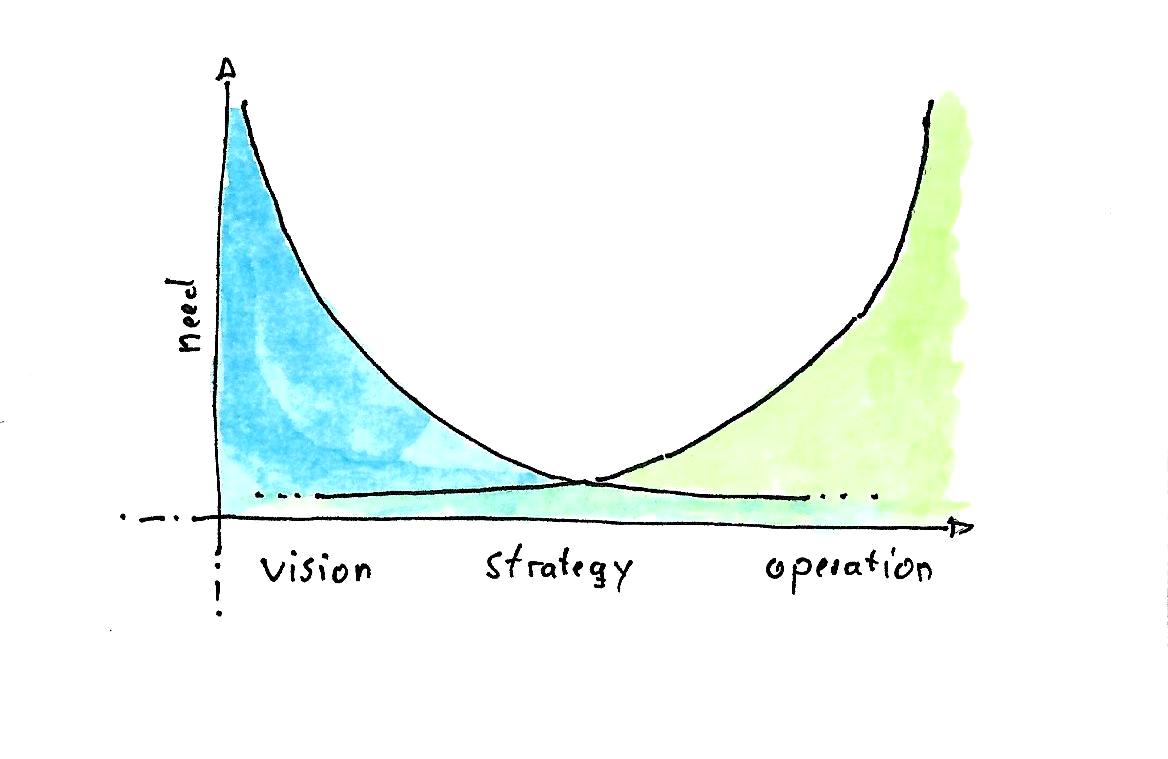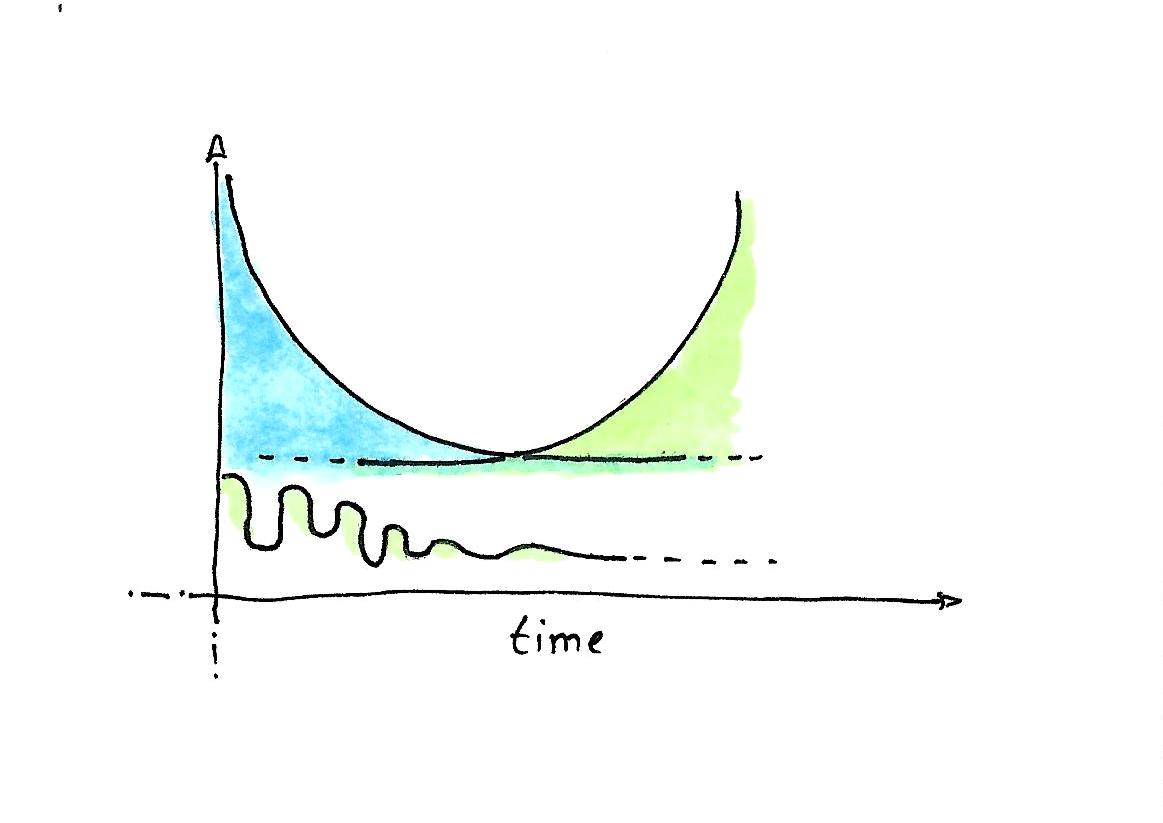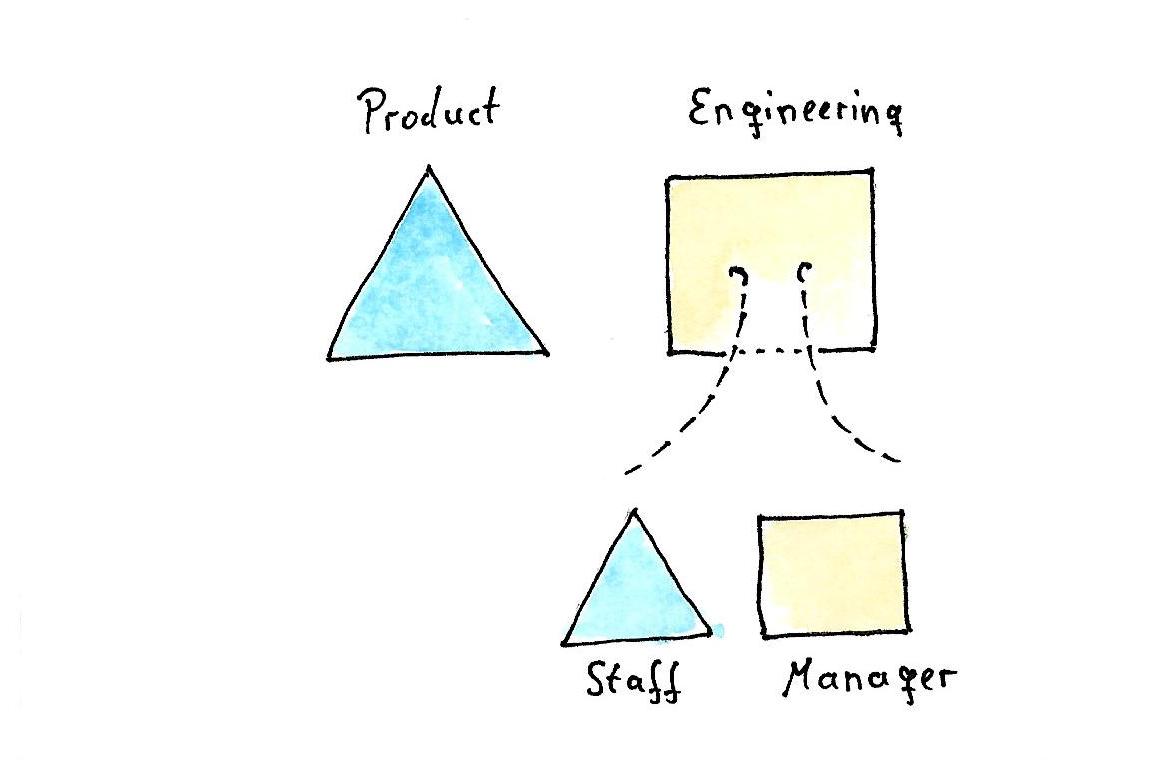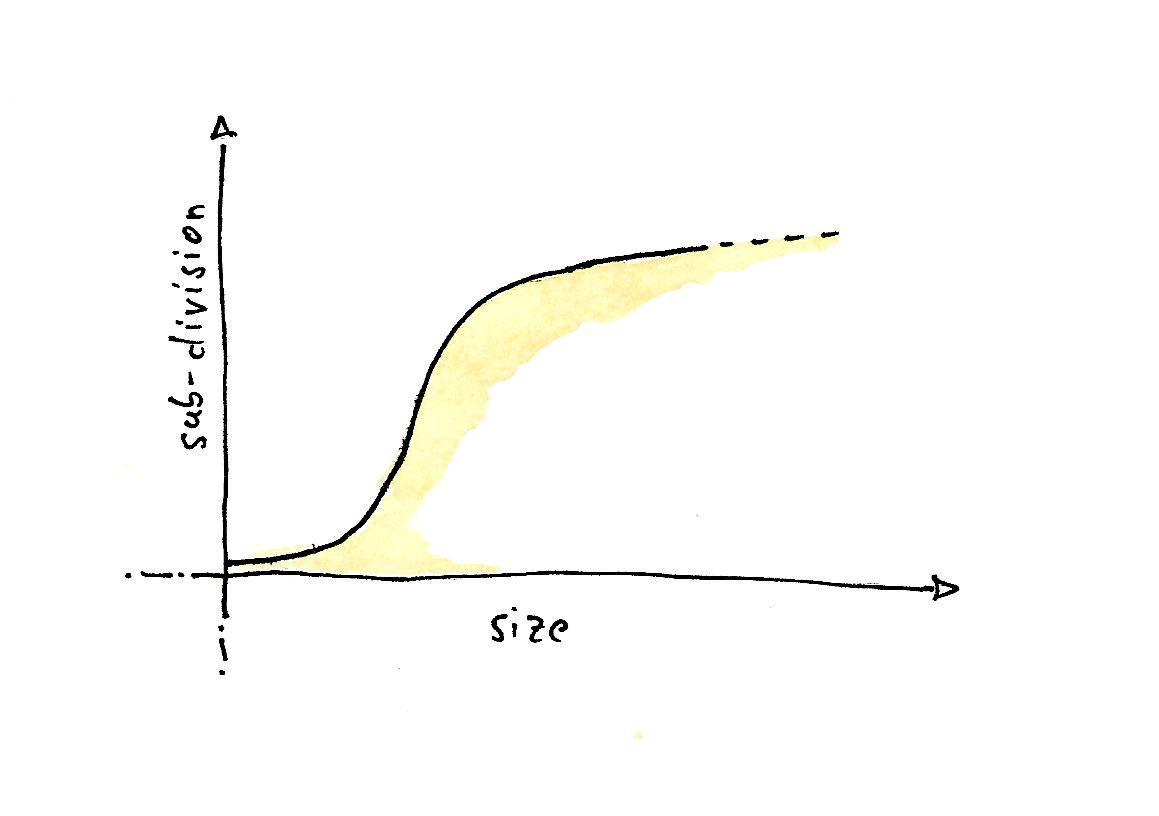Leadership and Management

Both words are often used interchangeably but looking at Potential Spaces (1) I think they are two separate sets of responsibilities. Let’s first have a look at some general definitions from Merriam-Webster:
to lead (2)
to direct on a course or in a direction
to manage (3)
to achieve one’s purpose
Both already give good hints at what those responsibilities are.
Leadership
To lead people means to aim at a goal in potential space and to map out a path. The more common terminology would be setting the vision and strategy of a group or organization. Some key responsibilities:
- Understand the problem and solution space.
- Defining the goal within that space.
- Making sure the group stays aimed at the goal.
- Constantly reevaluating potential space and the goal.
Management
Management on the other hand is concerned with the operational side of things. A leader sets the goal. A manager makes sure the group is reaching it. That means they take care of the following:
- Establishing processes to develop and deliver, meaning, the group is moving toward the goal.
- Defining and transforming the group itself.
- Enabling and unblocking members of the group.
Overlap

While each role has its responsibilities they will overlap in their activities. Team operations for example require the manager to define concrete steps towards the goal which means laying out a strategy or even influencing the goal itself. On the other hand, a leader while making sure the team stays on course might have an impact on the operations.
I also believe both roles are simultaneously present within a team and organization at any point in time. So they also overlap on the time dimension. Looking at our potential graph again I think it just becomes clear that there are times when a team is more in need of leadership or vis versa.

When we are starting out nothing is clearly defined and there is a demand for direction and discovery. While operations are still necessary to get us to some place it is more relevant to figure out the course. On the other hand, the more we flatten out potential space the clearer the goal and path we take. Here excellent operations become key I think. The team still has to make sure the goal is correct and that we continue to discover but the needs have shifted.
Observations
To bring home the point of this short text I show a few examples of how those roles establish.
What I would call the “classical setup” is a single Team Lead that is a leader and manager at the same time for all possible problems that exist within a team. That includes:
- What is the team working on (goal and strategy)?
- How is the team solving the problem (strategy and operation)?
- Team composition and taking care of the members.
And then there are many different compartmentalized versions. A Product Owner leads the team and an Engineering Manager makes sure the team is moving toward those goals. There might also be technical leadership by having a Staff Engineer or Technical Lead. Or you decide that design needs its leadership and management because it is a separate trade.

Depending on the organization, team, and problem to solve all kinds of sub-divisions might emerge. But based on my limited observations I think there are some patterns. First, a split between leadership and management into separate roles (Product Owner and Engineering Manager). Second, a split by trade (UX/UI and Engineering with separate leadership and management roles). I assume such a split takes place when potential space becomes too complex for a certain problem, be it a trade or operating the team itself.
I think there is also some correlation between the company size and the number of sub-divisions.

When you start a company everyone is probably doing everything and there is no clear distinction. But over time and with the growth of the organization, more and more specialization is taking place. That seems rather obvious. What is not clear to me is if the correlation stops shortly after the initial growth. I have seen small to midsized companies with complicated divisions and larger organizations with simpler setups. But maybe, when looking at enough companies a pattern starts to emerge. Let me know what your experiences are.
To bring this text to an end, leadership and management are two integral roles within a group that fulfill different needs. One sets the course while the other makes sure we reach the goal and failing to identify what the team needs can put it or the project at risk.
Read on
- Potential Space as Mental Model
- Lead Definition & Meaning - Merriam-Webster
- Manage Definition & Meaning - Merriam-Webster
You found a typo or some other mistake I made in this text? All articles can be changed here. If you want to exchange ideas then simply drop me a message at contact@paulheymann.de.